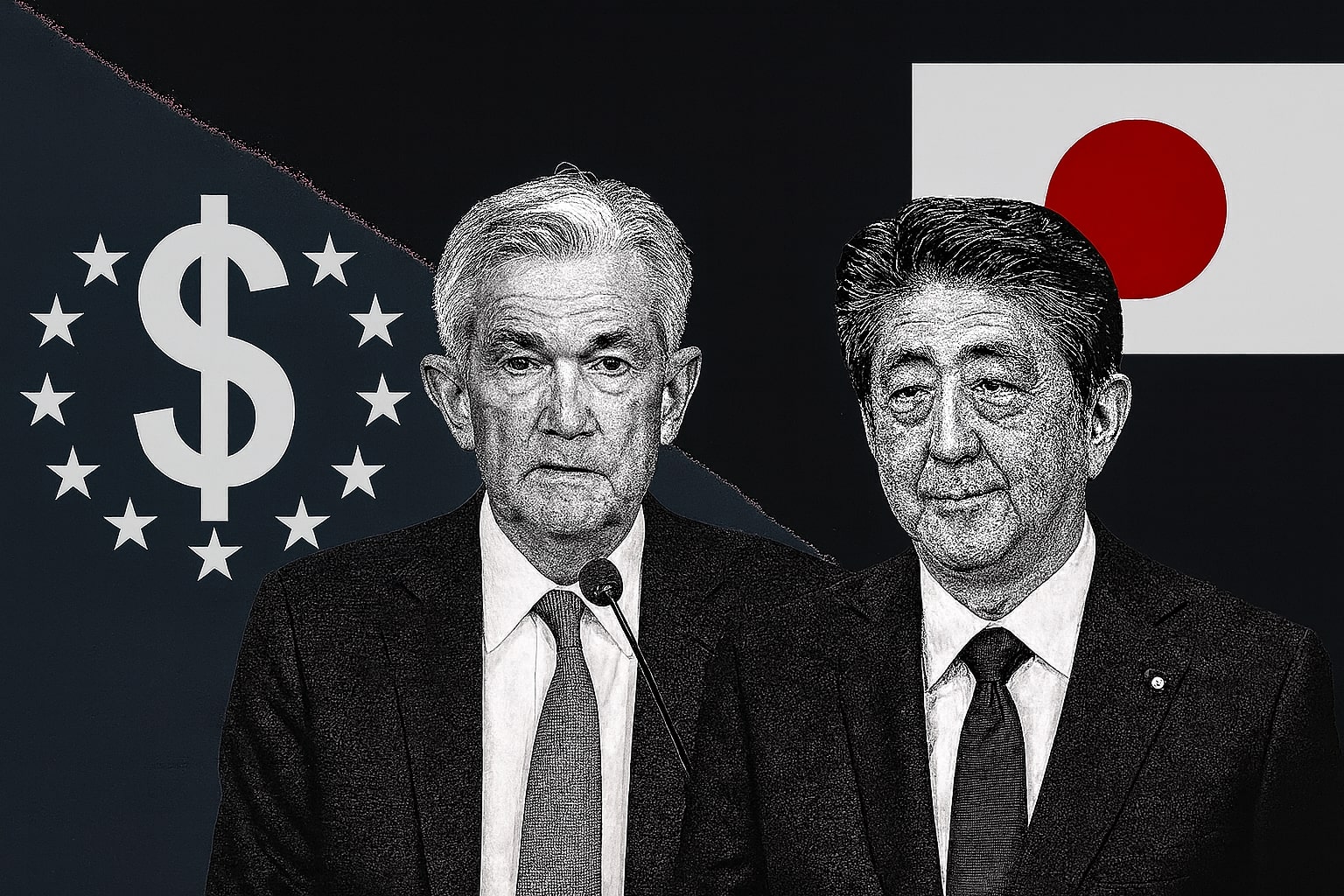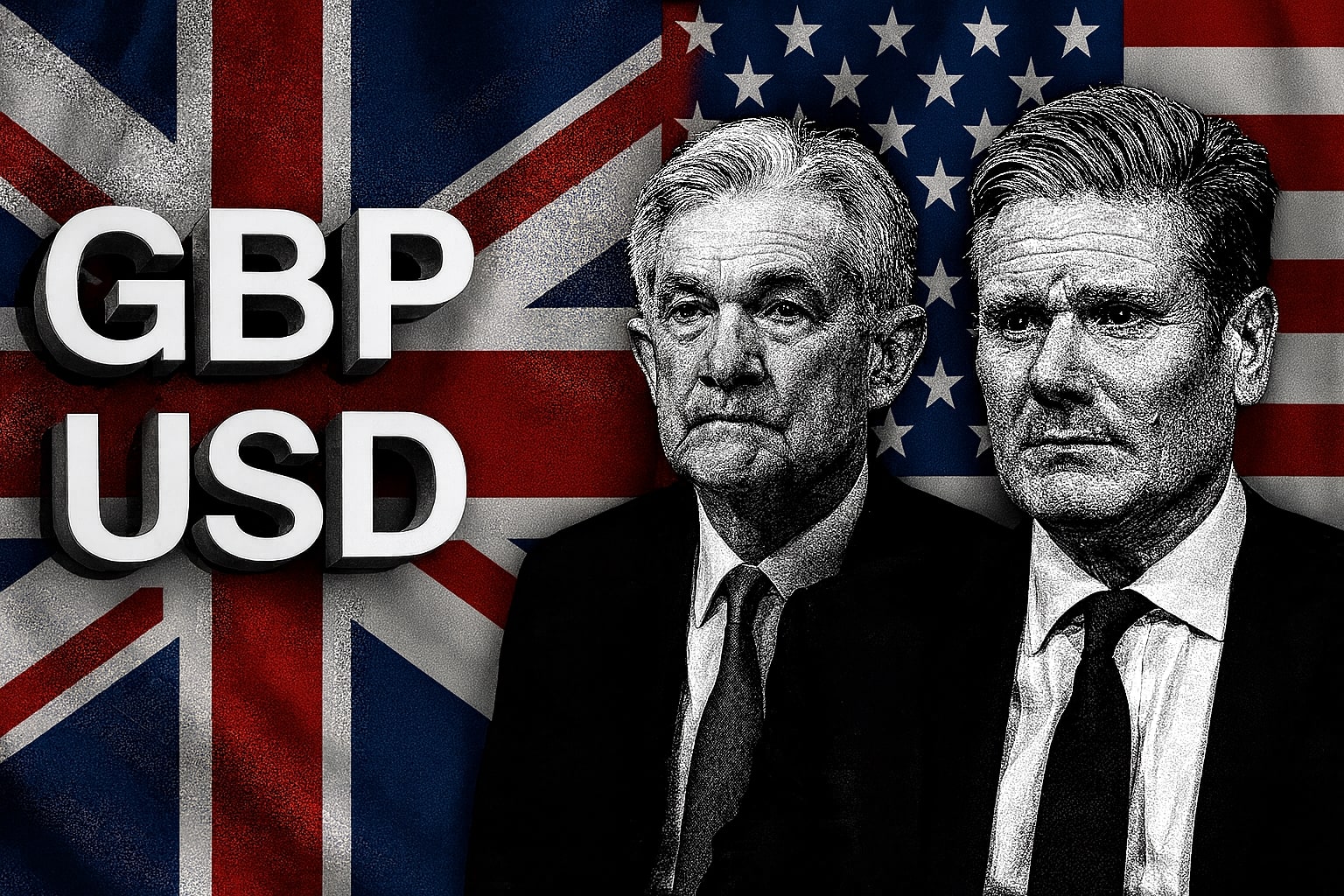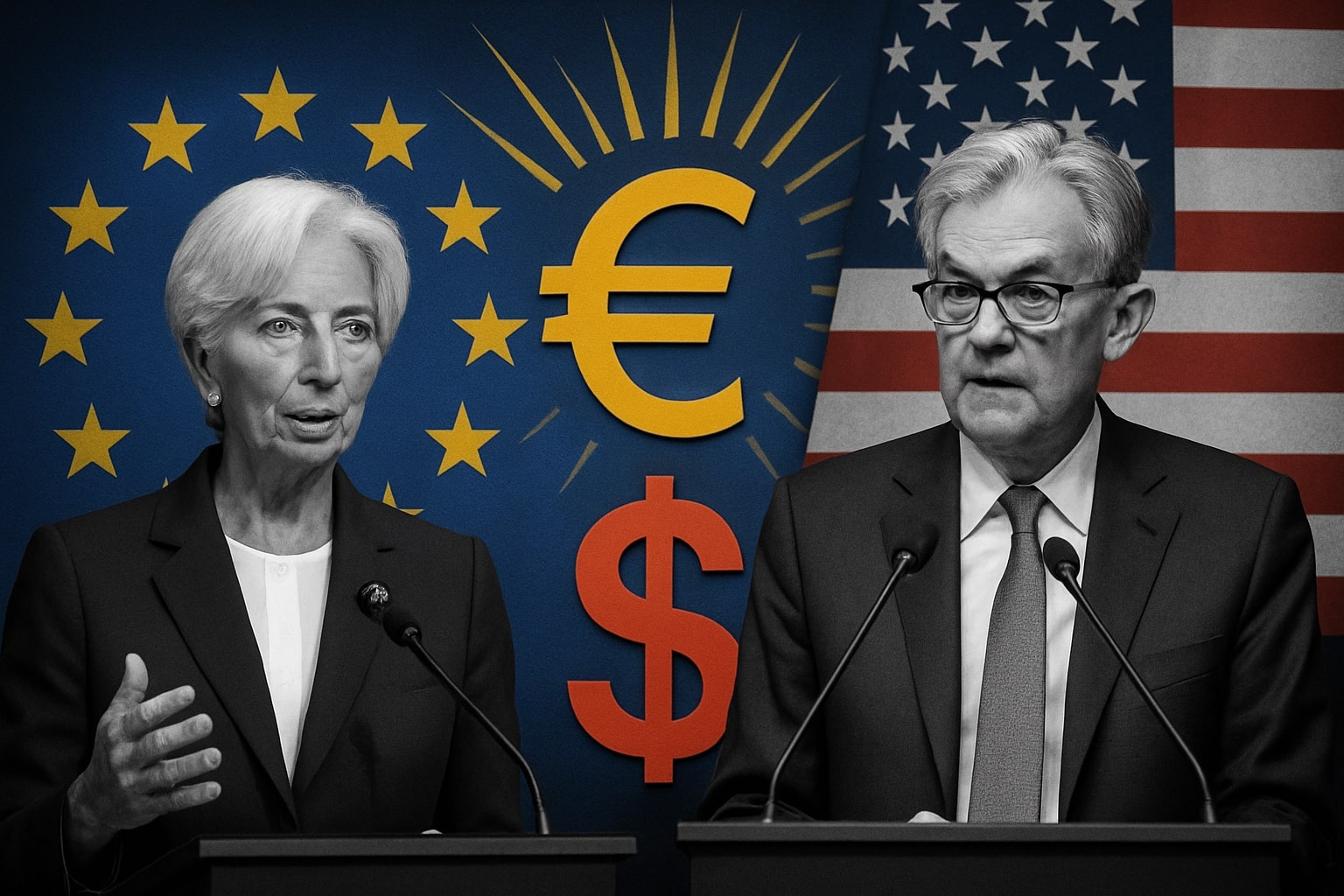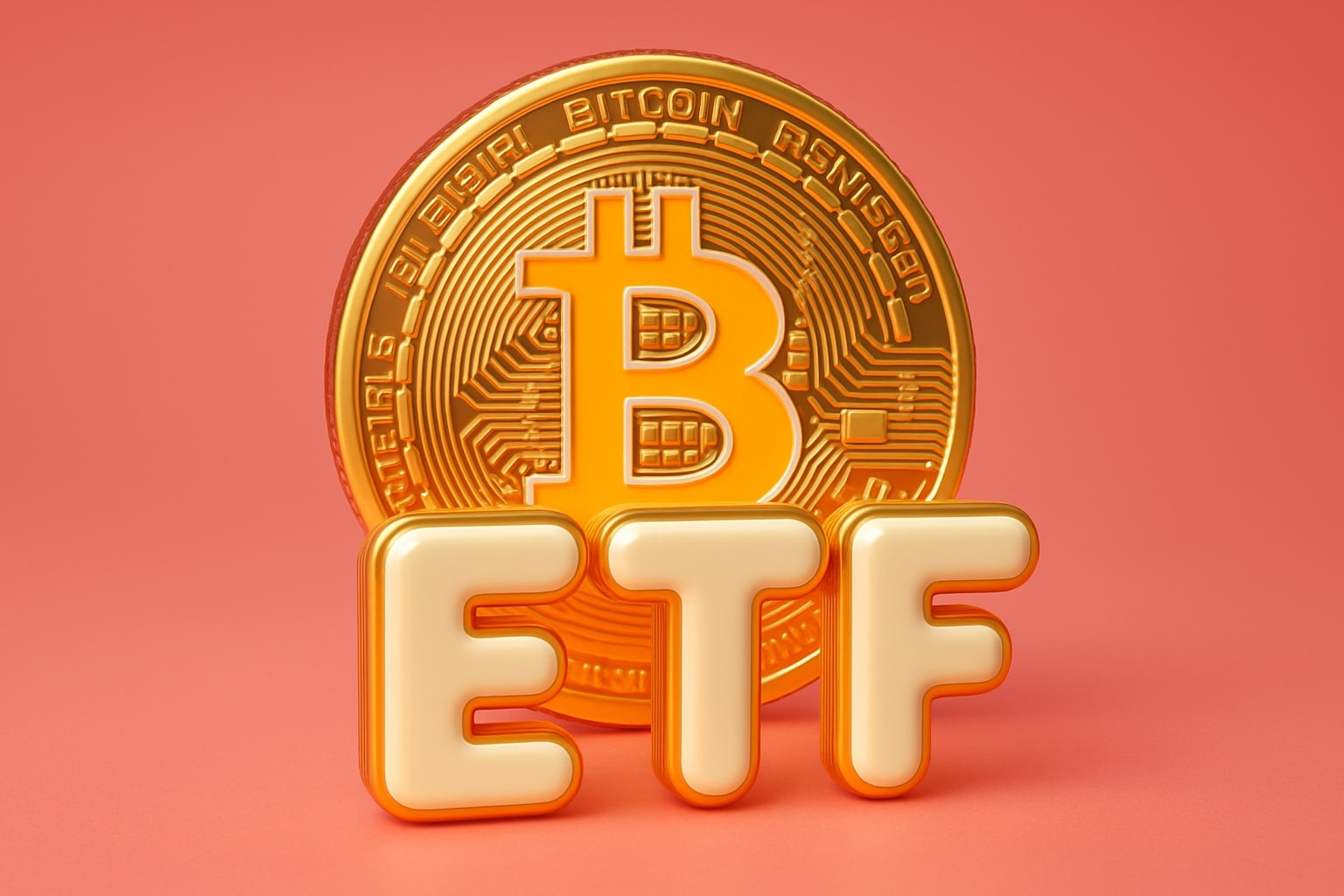
USD/JPY Price Forecast - Yen Surges to 152.68 as Japan’s ¥14 Trillion Stimulus and U.S. CPI Outlook
The Yen slides for a fifth session amid fiscal expansion under PM Takaichi, while U.S. inflation expectations above 3% and a widening yield gap keep USD/JPY on course toward 153.35 | That's TradingNEWS
USD/JPY (USDJPY) Surges to 152.68 as Stimulus Bets and Inflation Divergence Widen Policy Gap
The USD/JPY (USDJPY) pair extended its rally for a fifth straight session, climbing to 152.68, up 0.47%, as traders positioned for crucial inflation data from both Japan and the United States while digesting reports of an upcoming ¥14 trillion (≈$90 billion) Japanese fiscal stimulus. This move came amid renewed weakness in the Yen as fiscal expansion expectations clashed with the Bank of Japan’s slow monetary tightening, reinforcing a widening yield gap between U.S. Treasuries and Japanese government bonds. The U.S. Dollar Index (DXY) held firm near 99.00, while 10-year U.S. yields hovered above 4.22%, reflecting persistent investor preference for the dollar amid global policy divergence.
Japanese Yen Hit by Fiscal Expansion and Political Transition
Market sentiment toward the Japanese Yen deteriorated sharply following the appointment of Prime Minister Sanae Takaichi, a fiscal dove closely aligned with former PM Shinzo Abe’s reflationary agenda. Her proposed ¥14 trillion stimulus program aims to support households struggling with inflation and stagnant wages, echoing past Abenomics-style initiatives that favored fiscal expansion over monetary restraint. However, the spending plan is set to widen Japan’s already strained public deficit—currently near 7% of GDP—and complicate the BoJ’s efforts to normalize interest rates. The news triggered heavy selling pressure on the Yen, with speculative flows accelerating as investors interpreted the policy as inflationary but ultimately Yen-negative due to prolonged monetary divergence.
BoJ Policy Outlook: Cautious Tightening Amid Fiscal Overload
The Bank of Japan is widely expected to keep its policy rate unchanged next week, maintaining the corridor between 0.00% and 0.25%, even as inflation runs above target. The Japanese swaps market now prices only a 10% chance of a 25-basis-point hike to 0.75% at the October 30 meeting and roughly 40% odds of such a move by December. Full normalization is not expected until Q1 2026, when markets anticipate the first definitive rate increase. This cautious stance reflects BoJ Governor Kazuo Ueda’s emphasis on wage growth sustainability before tightening further. Japan’s core CPI is forecast to rise 2.9% YoY in September (up from 2.7% in August), while the broader CPI excluding both food and energy remains steady at 3.3%, signaling persistent but controlled inflation. The BoJ’s hesitancy underscores structural fragility in domestic demand, leaving the Yen vulnerable to policy divergence.
U.S. Inflation and Treasury Yields Reinforce Dollar Strength
On the U.S. side, the Federal Reserve continues to hold a hawkish tone as core inflation remains sticky. Markets expect headline CPI to increase 3.1% YoY, up from 2.9% in August, while core CPI is seen steady at 3.1%. Despite the Fed being near the end of its tightening cycle, strong labor data and resilient spending have delayed any immediate rate-cut expectations. The Fed funds futures market prices the first 25-basis-point cut for March 2026, keeping the yield curve inverted but the dollar supported. The U.S. 10-year yield, near 4.22%, represents a spread of nearly +400 basis points over the Japanese 10-year yield at 0.22%, reinforcing the structural bias toward USD/JPY upside. This spread, a primary driver of carry-trade demand, remains the strongest in two decades, incentivizing institutions to remain long the pair.
Technical Analysis: Momentum Points to Continued Upside
From a technical perspective, USD/JPY shows clear bullish momentum, supported by multiple timeframe confirmations. The daily chart indicates that the pair remains comfortably above the 50-day and 100-day simple moving averages, at 152.13 and 151.55, respectively, both sloping upward. On the 4-hour chart, momentum indicators present a mixed but overall bullish tone: RSI (14) stands at 54.99 (neutral but rising), MACD (12,26) prints a 0.14 buy signal, and ADX (14) at 33.28 confirms a strong directional trend. Immediate resistance sits near 152.80–152.90, with a potential breakout target at 153.35. Support levels remain well-defined around 152.15 and 151.61, where buying activity has consistently emerged during prior pullbacks. Pivot points (classic) highlight R1 at 152.62 and S1 at 152.49, framing the intraday range as traders prepare for inflation data.
Market Positioning and Speculative Dynamics
Institutional positioning reflects a persistent bias toward the U.S. dollar. Hedge funds and macro funds remain heavily long USD/JPY, exploiting the carry advantage amid limited volatility. CFTC data shows net speculative longs on the dollar rising to their highest level since March 2023, largely concentrated in Yen shorts. Retail traders, conversely, are showing contrarian behavior, with long exposure to the Yen exceeding 65%, a pattern historically associated with continued weakness in the Japanese currency. Algorithmic models tied to rate differentials and momentum confirm the structural upside bias, with intraday trading systems signaling long entries above 152.49 and profit targets near 153.35
Read More
-
PPA ETF at $154: Can This Defense ETF Keep Beating ITA and SPY?
14.12.2025 · TradingNEWS ArchiveStocks
-
XRP ETFs XRPI and XRPR Pull In $975M While XRP-USD Fights To Hold $2
14.12.2025 · TradingNEWS ArchiveCrypto
-
Natural Gas Price Forecast: NG=F Hits $4.11 As Warm Winter Outlook Puts $3.913 Support At Risk
14.12.2025 · TradingNEWS ArchiveCommodities
-
USD/JPY Price Forecast - Dollar to Yen Can BoJ’s 0.75% Shock Break The 155–158 Range?
14.12.2025 · TradingNEWS ArchiveForex
Inflation Divergence and Economic Fragility Define Policy Conflict
The divergence between U.S. and Japanese inflation paths continues to define USD/JPY dynamics. While the U.S. inflation trajectory remains moderate yet sticky above 3%, Japan’s CPI acceleration is less demand-driven and more import-cost related, offering limited justification for tighter policy. Fiscal expansion through subsidies and household support measures may add temporary consumption lift but fail to generate wage-led inflation, leaving monetary normalization shallow. The ¥14 trillion fiscal plan, designed to cushion real income losses, risks weakening the Yen further if accompanied by additional JGB issuance. Japan’s debt-to-GDP ratio—already above 260%—poses long-term fiscal strain, with rising yields pressuring the BoJ’s bond-buying commitments.
Global Risk Sentiment and Carry Trade Impact
Broader market sentiment supports continued USD/JPY strength. Risk appetite remains subdued amid U.S.–China trade tensions, geopolitical uncertainty, and the lingering U.S. government shutdown, driving safety flows toward the dollar. The Yen, once a traditional safe haven, has lost its defensive status as ultra-loose policy dilutes yield appeal. With the Dollar Index maintaining near 99.00, any risk-off correction paradoxically strengthens the dollar rather than supporting the Yen. Carry trade flows—particularly from European and Australian investors—continue to favor dollar positions, with the JPY carry basket delivering double-digit annualized returns. Unless the BoJ introduces an explicit tightening signal, these flows are likely to persist.
Verdict: USD/JPY (USDJPY) – Bullish Bias Intact Above 152.00
With the pair consolidating near 152.68, market momentum favors a continuation toward 153.50, contingent on Friday’s dual inflation data from Tokyo and Washington. The interplay between Japan’s expansive fiscal stimulus and the Fed’s cautious monetary stance creates the perfect environment for further Yen depreciation. Technically and fundamentally aligned, the bias remains bullish, with dips toward 152.15–151.80 viewed as buying opportunities. Unless the BoJ surprises with aggressive tightening, the USD/JPY pair remains structurally supported, potentially revisiting the yearly high near 158.89 by Q1 2026.



















